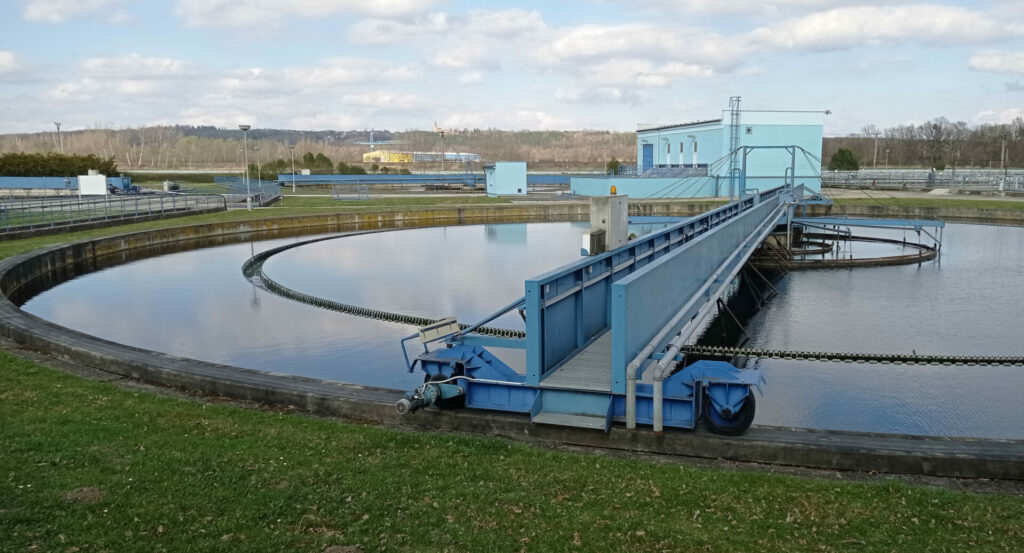With approximately 1900 kilometres of underground sewers, the Brussels-Capital Region is literally sitting on an untapped source of energy. The region can learn from Uccle, where a portion of sewers brings energy to 15,000 square meters of municipal administration buildings.
Because the temperature of the wastewater is relatively constant (around 13-14 degrees) it can be used, for example, to power a heat pump.
On a renovated 120-metre stretch of sewer, water company Vivaqua has installed miles of hoses in which heating water circulates. The 120-metres of equipped sewers provide 120 kW of power, with an eco-efficiency level of almost 5 – meaning that the power taken and returned is at the same level.
How it works
The heat exchangers heat up or cool down in contact with the wastewater in the cunette, a kind of channel at the bottom of the sewer. The water from the circulator is then sent to the building's heat pump, which heats or cools it, as needed.
Even if the capacity is insufficient for the entire building, the system that complements traditional boilers and air conditioners saves €20,000 per year on the energy bill of the municipality.
"It works a bit like a hybrid car," says Olivier Broers, director of research and investments at Vivaqua. "When the energy needs are low, heat pumps are sufficient but as soon as the temperature rises or falls too much, traditional systems are switched on. But by harnessing the power of drainage pipes, we produce a quarter of the building's energy needs. We have had requests from other municipalities and companies to install such systems, but we will only install them during section renovations, with sufficiently wide sewer sections."
Use at home
Using energy from wastewater at home is also possible. There are many energy recovery systems on sale for a few hundred euros. It is often a copper pipe, spiralled around the shower water drainage duct.
In copper, mains water arrives in the direction of the boiler and mixer of the shower. On its way down, the water is gradually warmed. On a section of two metres in length, the water can increase its temperature by 12 degrees, which will facilitate the work of the water heater. However, for this to work, it requires a fairly long and perfectly vertical drainpipe, which implies sufficient space in the shower. It is also necessary to take continuous showers so that the heat exchange is optimal.
Related News
- Brussels reforms waste collection system: What changes?
- Sharing green energy: 200 proposals for energy communities in Brussels
Even though it less true in family homes, the risk of development of the Legionella bacterium is not zero. For this reason, Flanders has banned this kind of installation in places at risk (hospitals, nursing homes, etc.). Nevertheless, the energy gains can be up to 45%, according to the study of the Scientific and Technical Centre of Construction.

